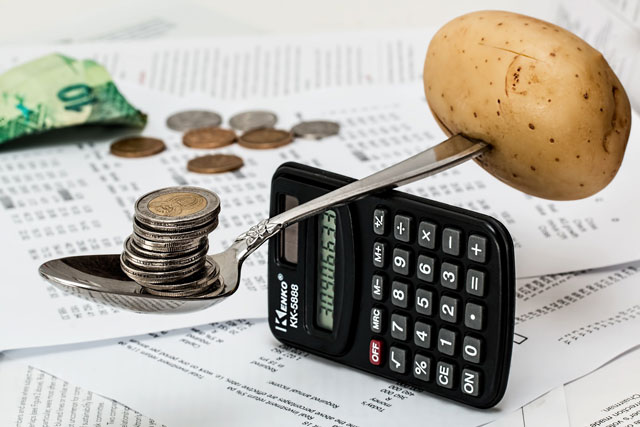The Consumer Price Index (CPI) increased in October 2017 by 1.6% year-on-year, the same rate as was advanced by the INE at the end of August and two tenths lower than in September, according to figures published by the National Statistics Institute (INE).
This trend was mainly due to the slower rate of growth of energy product prices and, to a lesser extent, due to the deceleration of the prices of services and the drop in non-energy industrial goods (NEIG) prices, partially offset by the faster growth rate of food prices, especially unprocessed food. In month-on-month terms, the CPI increased by 0.9% in October 2017, compared with the 1.1% rise in the same month of 2016.
Energy product prices increased by 3.9% in year-on-year terms, 1.9 points less than in September, mainly as a result of the deceleration of fuel and lubricant prices, which slowed from 5.5% year-on-year in September to 3.4% in October. To a lesser extent, this performance was also due to gas prices slowing by 3.6 points to 7.8%, and electricity prices which grew by 3.4%, one point less than in the previous month.
Food inflation stood at 2.3% in October, one point higher than in the previous month. Prices of unprocessed food increased by 4.9% year-on-year, 2.7 points more than in the previous month, mainly due to the turnaround in fresh fruit prices, which fell by 2.7% in September but grew by 10.1% in October. Prices of processed food, drinks and tobacco increased by 1% in October, one tenth more than in September, on the back of the performance of oil and fat prices, which rose by 8.2%, six tenths more than the previous month.
Core inflation (which excludes the most volatile elements of CPI, unprocessed food and energy) fell by three tenths in October to 0.9%, due to the deceleration of NEIG and services prices, partially offset by the slight acceleration of processed food prices. NEIG prices shrank by 0.2% after the 0.1% growth the previous month. Meanwhile the price of services slowed by two tenths in October to 1.6% as a result of the trend in package tourism, for which prices went from growing by 8.8% in September to growing by 7.1% in October, and intercity public transport, whose inflation rate slowed by 2.7 points to 1.6%.
In month-on-month terms, the CPI recorded a rate of change of 0.9% in October 2017, compared with the 1.1% recorded in the same month of 2016. By component, energy product prices increased by 2%, 1.8 points less than the previous year; food prices grew by 1.1%, one point more than in October 2016; NEIG prices increased by 2.8%, three tenths less than in October last year; and services prices dropped by 0.5% compared with a 0.3% drop the previous year.
Within the food category, prices of unprocessed food rose in October 2017 by a month-on-month 3.1% (versus 0.4% in the same month of 2016), while processed food prices grew by 0.1% after recording no change the previous year.
The year-on-year CPI shrank in October in all autonomous regions except for the Canary Islands and Navarre, where there was no change. The biggest drops, all of three tenths, were posted by the Balearic Islands (1.8%), the Basque Country (1.6%), Cantabria, Galicia, and Madrid (1.5% all three), and Asturias (1.2%).
The year-on-year constant tax CPI rate for October stood at 1.6%, the same as the general CPI.
The INE has also published the harmonised CPI (HCPI) for October 2017, with a year-on-year variation of 1.7%, one tenth less than in September. Meanwhile, the rate advanced by Eurostat for the Eurozone was 1.4% in October, one tenth lower than in the previous month, giving rise to an inflation variable favourable to Spain over the Eurozone of 0.3 points, the same as in September.





